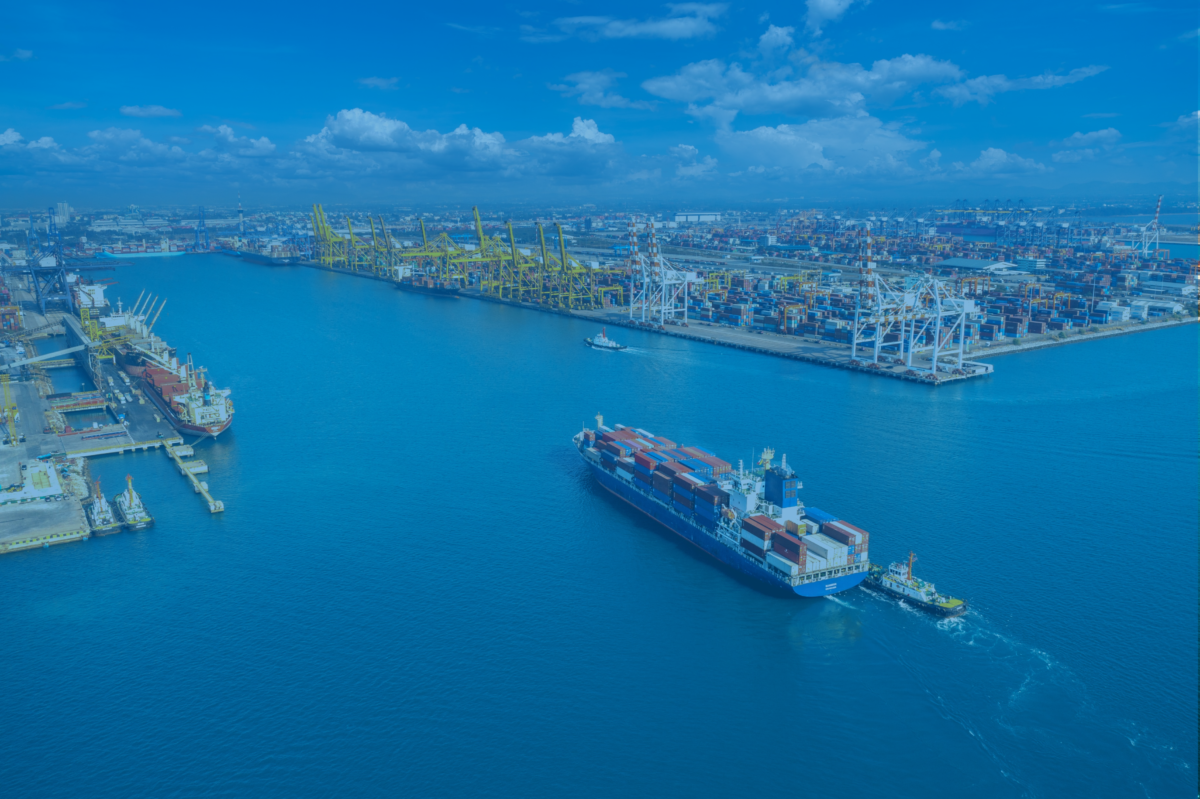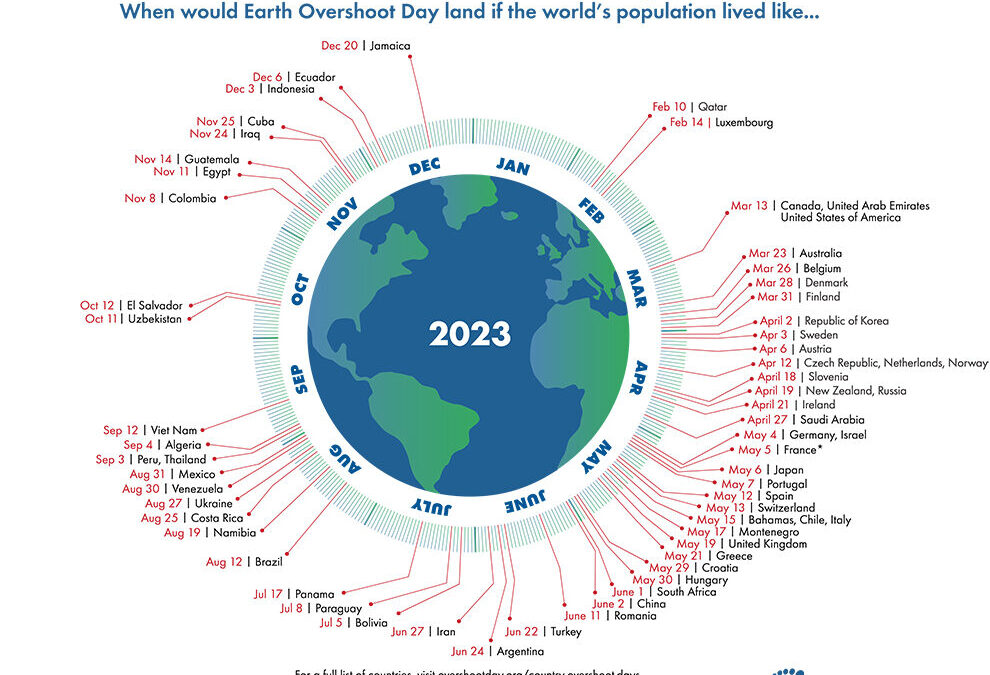Measuring Hidden Environmental Costs Across Supply Chains is a Strategic Imperative

Scientists have identified nine planetary boundaries that are absolutely crucial for maintaining Earth’s stability and resilience. These aren’t just numbers on a chart; they’re the very thresholds that ensure our planet remains a hospitable home for all of us. The graphic that shows how far we are pushing each boundary was recently updated and can be found here. Hidden environmental costs (which we call the planet price) across supply chains can represent up to 80% of the impact.
In the world of supply chains, the pursuit of efficiency and cost-effectiveness often overshadows the hidden environmental costs associated with products and services. Let’s briefly explore these unseen environmental costs, and the critical importance of understanding and addressing them for sustainable supply chain decision-making.
The Planet Price of a T-Shirt:
Environmental Implications of “Fast Fashion” Throughout the Supply Chain
Let’s consider an industry that everyone is familiar with: fast fashion. Known for its rapid production and low-cost garments, it is a good example that illustrates how hidden environmental costs permeate the supply chain. From the extraction of raw materials (e.g., cotton or synthetic fibers) to manufacturing, transportation, and disposal, every stage carries environmental consequences. For instance, cotton cultivation often requires extensive water usage and pesticide application, while the transportation of goods across continents contributes to substantial greenhouse gas emissions.
Beyond the price tag of a T-shirt lies a complex web of environmental degradation, making it essential for supply chain professionals to comprehend these impacts.
Agriculture and the Supply Chain
Food production and distribution are critical components of supply chains, and they come with their own set of hidden environmental costs. The cultivation of crops, livestock farming, and food processing all consume vast amounts of resources, including land, water, and energy. Supply chains must recognize that decisions made at each stage, from sourcing ingredients to transportation logistics, have far-reaching ecological effects. By taking these hidden costs into account, sustainable practices can be integrated into the food supply chain to reduce environmental harm.
Disposable Products and Packaging
Disposable products and packaging are often perceived as cost-effective solutions for supply chains due to their convenience and affordability. However, the environmental toll they exact is substantial. The manufacturing of single-use plastics, for example, involves the extraction of fossil fuels and generates significant pollution. When disposed of improperly, these products can clog waterways, harm wildlife, and persist in the environment for centuries. Supply chain professionals must acknowledge the broader environmental context and work to reduce or replace disposable items to mitigate these hidden costs.
Transportation and Logistics
The transportation and logistics sector within supply chains is a major contributor to hidden environmental costs. The preference for long-haul trucking, airfreight, or inefficient transport routes can result in excessive fuel consumption and emissions. The associated congestion and wear on infrastructure also come with hidden economic and environmental expenses. By adopting sustainable transportation practices, such as optimizing routes, utilizing eco-friendly vehicles, and embracing intermodal options, supply chains can significantly reduce their environmental footprint.
Supply Chain Sustainability as a Competitive Advantage
Understanding the hidden environmental costs within supply chains is not merely a moral obligation but a strategic advantage. Businesses that prioritize sustainability can enhance their reputation, reduce risks associated with environmental regulations, and appeal to a growing environmentally-conscious consumer base. Supply chain professionals can champion sustainability by:
- Supply Chain Transparency: Thoroughly assess and disclose the environmental impact of products and services throughout the supply chain.
- Eco-friendly Sourcing: Procure materials and components from suppliers committed to sustainable practices.
- Efficient Transportation: Optimize transportation and logistics operations to minimize emissions and resource consumption.
- Waste Reduction: Implement waste reduction and recycling programs within the supply chain.
- Collaboration and Innovation: Collaborate with partners and invest in innovative technologies to measure and reduce hidden environmental costs.
The hidden environmental costs within supply chains are a pressing concern for businesses in today’s globalized world. To maintain long-term viability and contribute to a sustainable future, supply chain professionals must go beyond cost-effectiveness and consider the ecological footprint of their operations. By addressing these hidden costs, supply chains can play a pivotal role in mitigating environmental challenges while gaining a competitive edge in an increasingly eco-conscious marketplace.
Sustainability isn’t just an ethical choice; it’s a strategic imperative.
Ready to Explore More of the power of the Planet Price Platform?
Request a demo or a Scope 3 Tread Lightly Assessment



